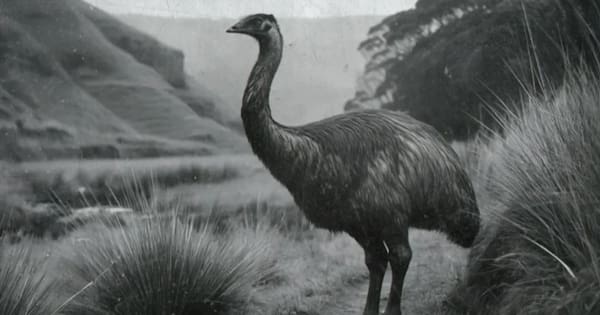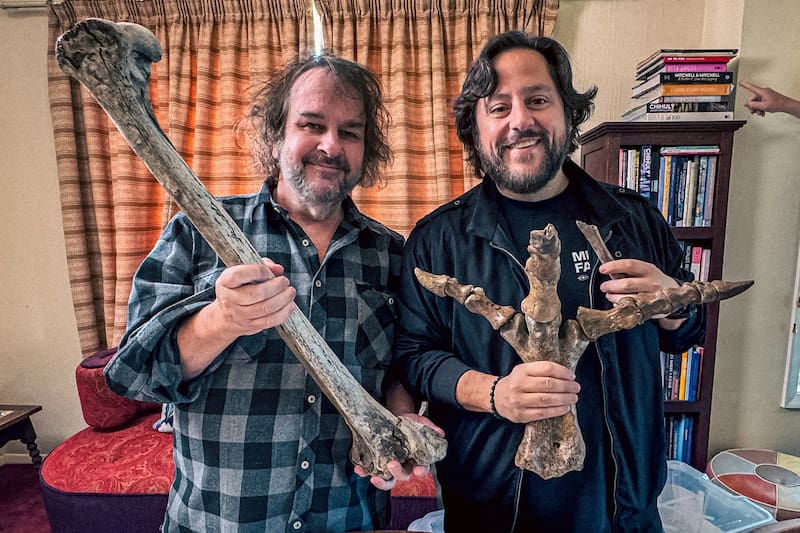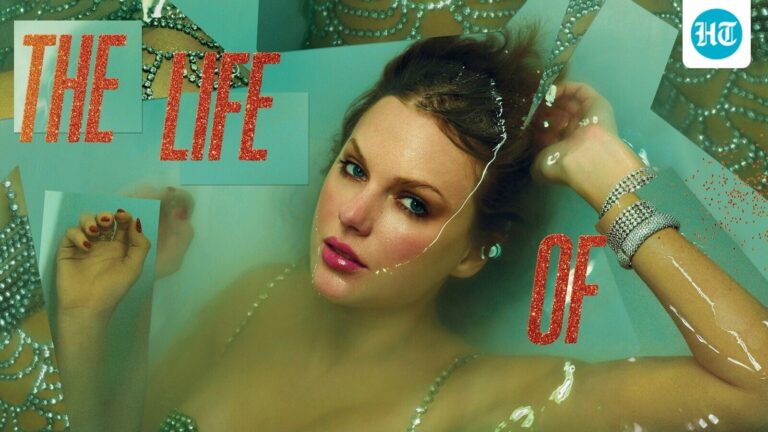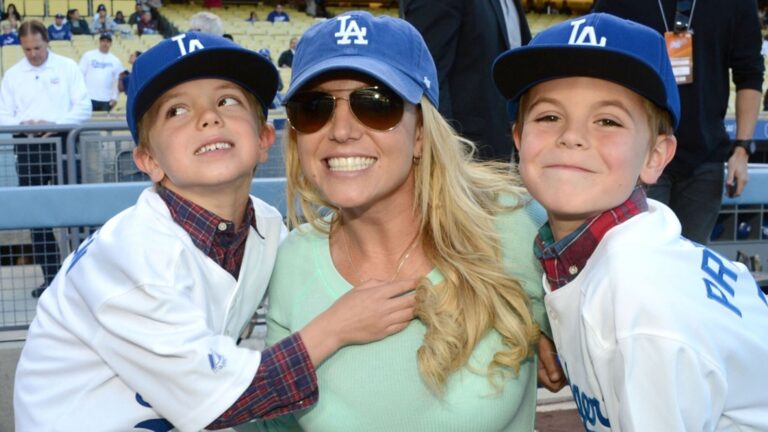Sir Peter Jackson Supports Moa De-Extinction Project Amid Expert Concerns

Reimagining the Moa
A new endeavor spearheaded by filmmaker Sir Peter Jackson seeks to revive the extinct South Island giant moa within the next eight years. This massive bird topped out at 3.6 meters tall and weighed around 230 kg, primarily inhabiting forests and scrublands.
Potential for Moa Hatchlings
The ambitious project aims to produce moa hatchlings within a decade, according to the organization behind it. They will utilize advanced genetic engineering techniques to extract DNA from preserved moa specimens, with the collaboration of iwi Ngāi Tahu, Canterbury Museum, and the U.S. biotech company Colossal Biosciences.
Expert Skepticism
However, Zoology Professor Emeritus Philip Seddon from the University of Otago expresses doubt regarding the feasibility of such a project. He stated, “Extinction really is forever. There is no current genetic engineering pathway that can truly restore a lost species, especially one missing from its ecological and evolutionary context for hundreds of years.” He emphasized that the project’s timeline might be used to generate continuous updates about genetic modifications of a similar species to the moa.
Limits of Genetic Engineering
Professor Seddon continued, stating, “Any end result will not, cannot be, a moa — a unique treasure created through millennia of adaptation and change. Moa are extinct. Genetic tinkering with the fundamental features of a different life force will not bring moa back.” His critical viewpoint is echoed by concerns expressed in the media, particularly about similar claims made by Colossal Biosciences regarding the de-extinction of the dire wolf, which was later clarified to be a modified version of the grey wolf.
Despite these critiques, Paul Scofield, the senior curator of natural history at Canterbury Museum, shows optimism about the project. He envisions creating an ecological reserve on Ngāi Tahu land specifically for the moa.
Future Prospects and Confidence
Ben Lamm, CEO of Colossal Biosciences, emphasized the importance of this project, noting that humans contributed to the moa’s extinction. He sees the endeavor as a chance to not only bring the moa back but also inspire future generations and aid in conservation efforts.

MoA Ownership and Cultural Significance
The Ngāi Tahu Research Centre is set to play a crucial role, providing cultural insights and guidance throughout the project. Their involvement aims to ensure that the revival of the moa aligns with their values and interests, which heightens the excitement at Colossal Biosciences.
Restoration Challenges
Though the habitat for the moa still exists, Lamm clarified, “we don’t expect them to be running through Christchurch.” He remains optimistic that within a decade, a moa hatchling might be possible, viewing this technology as miraculous. He also expressed his confidence in this endeavor, believing the necessary tools to achieve it are within reach.
The Path to De-Extinction
Colossal Biosciences has been working on other ambitious projects aiming to revive various extinct species, such as the woolly mammoth and the dodo. As this project unfolds, it underscores the complexity and ethical considerations surrounding de-extinction. DNA from both historic specimens and newly excavated materials will play a pivotal role in ensuring genetic health and diversity.
Are you curious about the implications of such projects on our understanding of extinction and conservation? Join the conversation!





